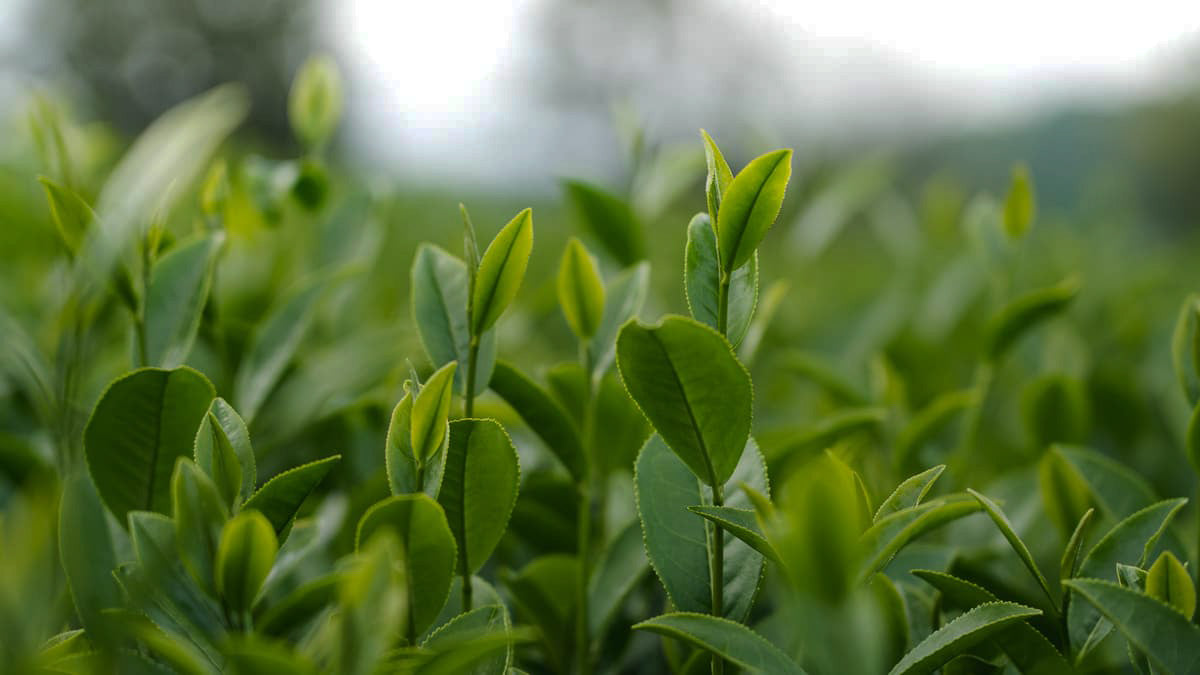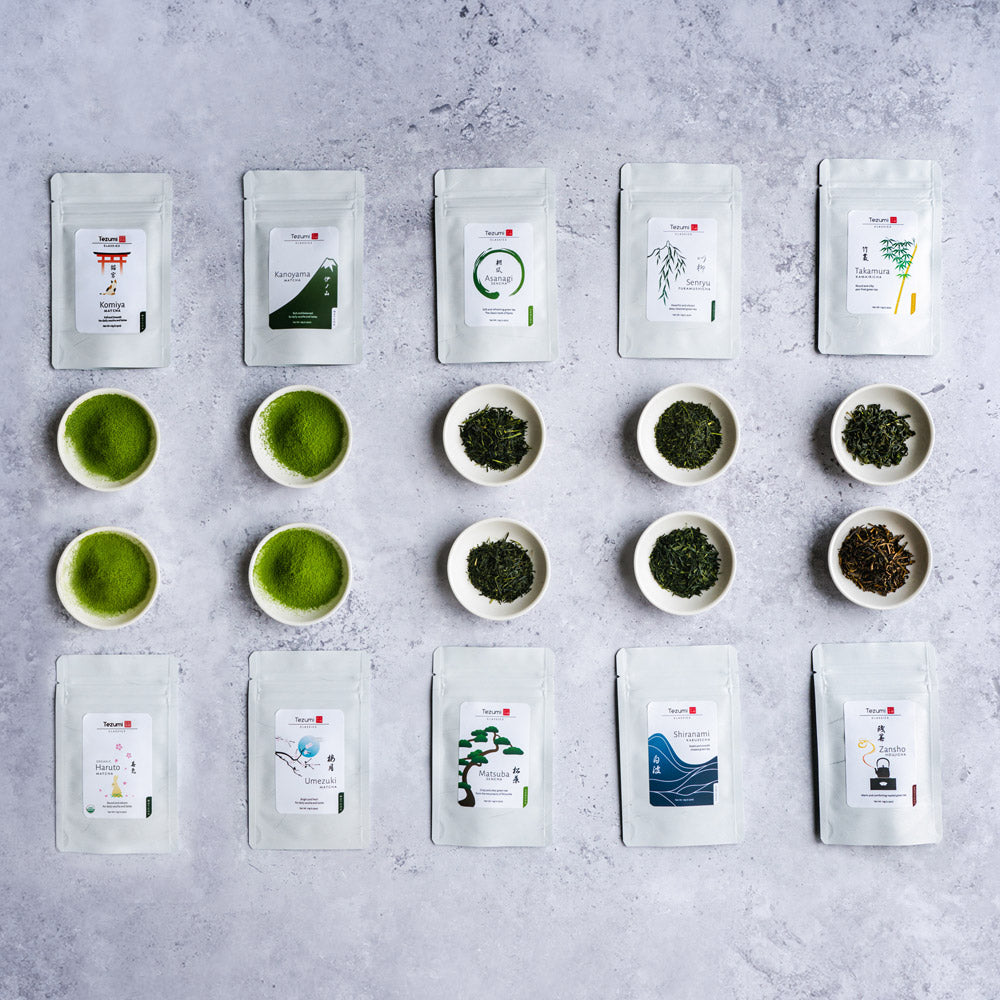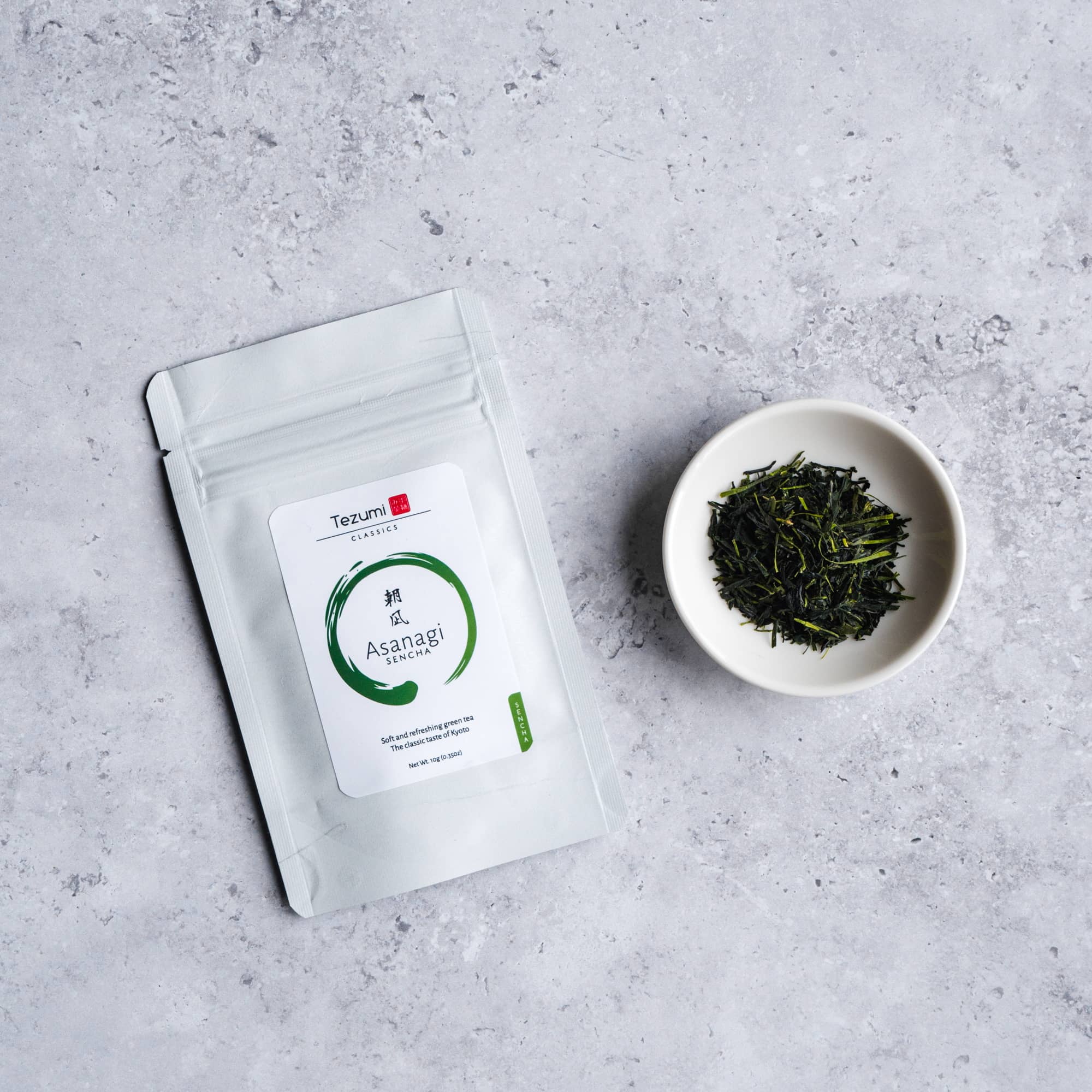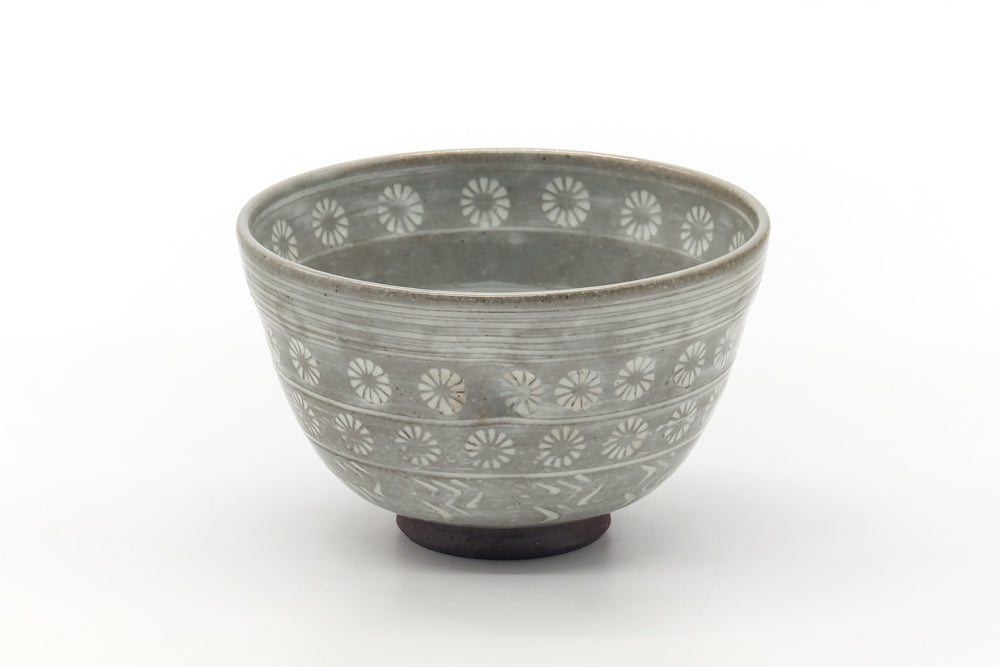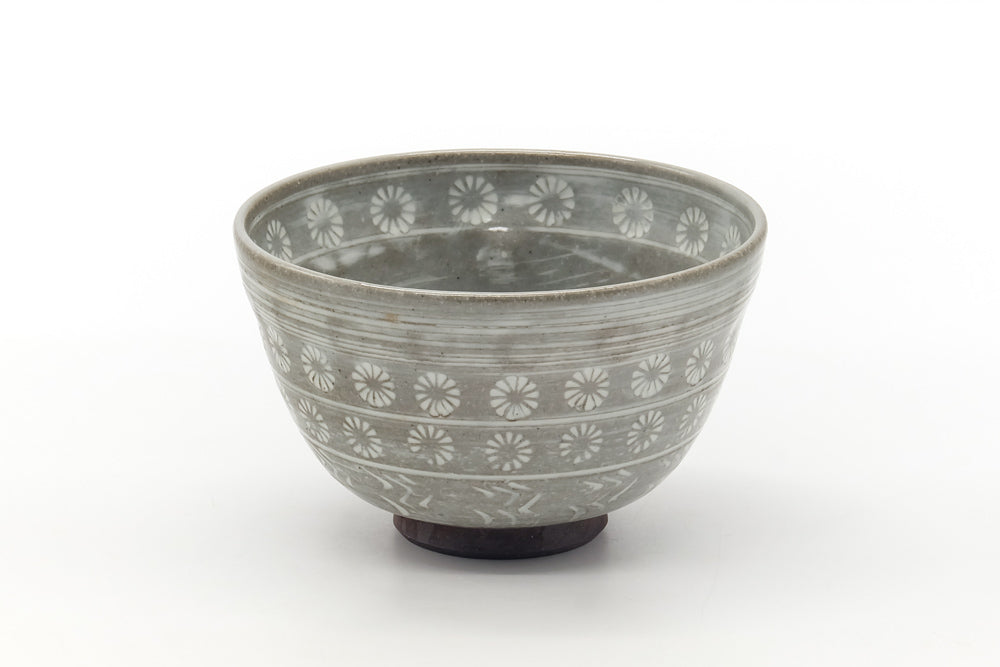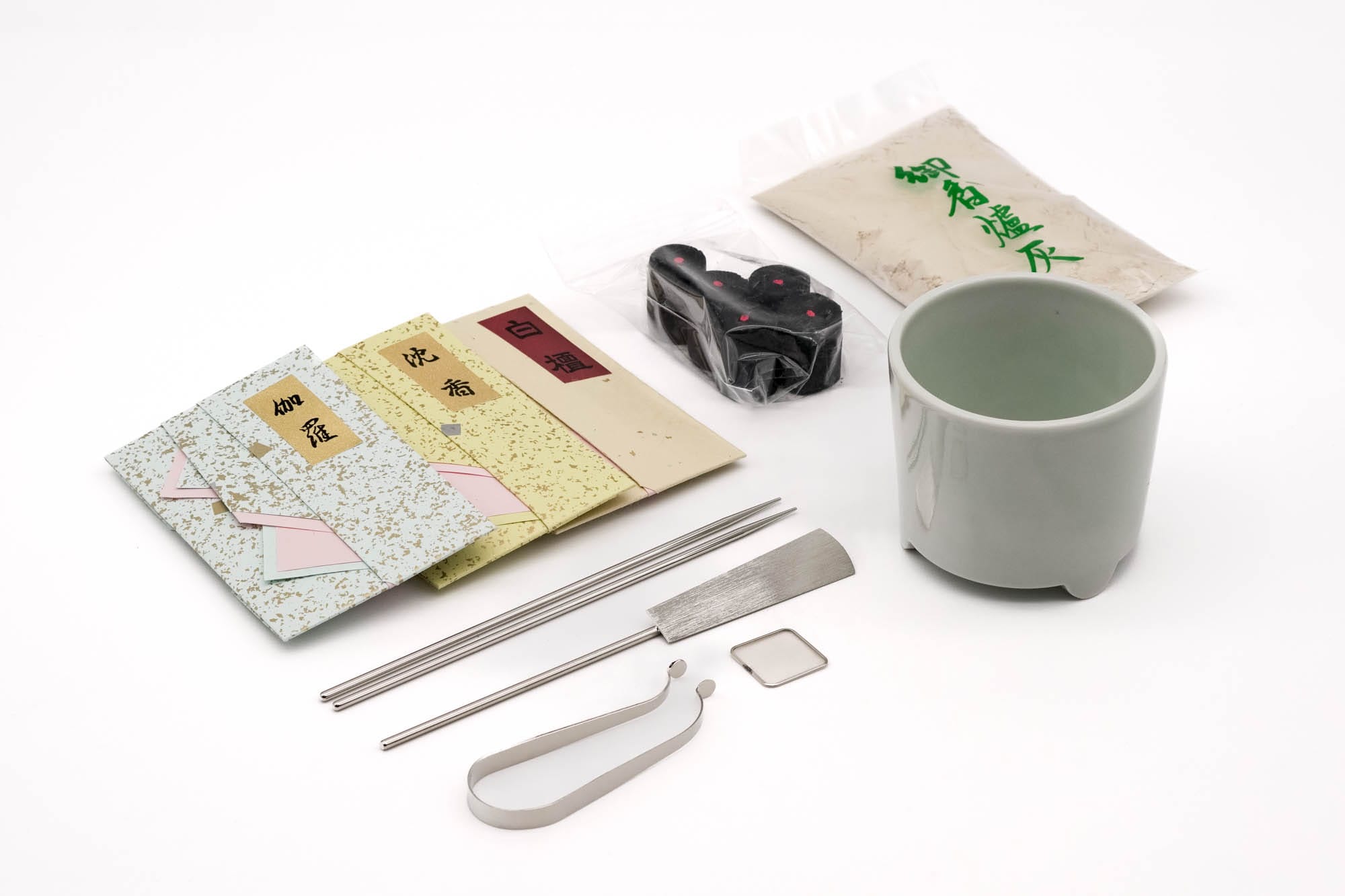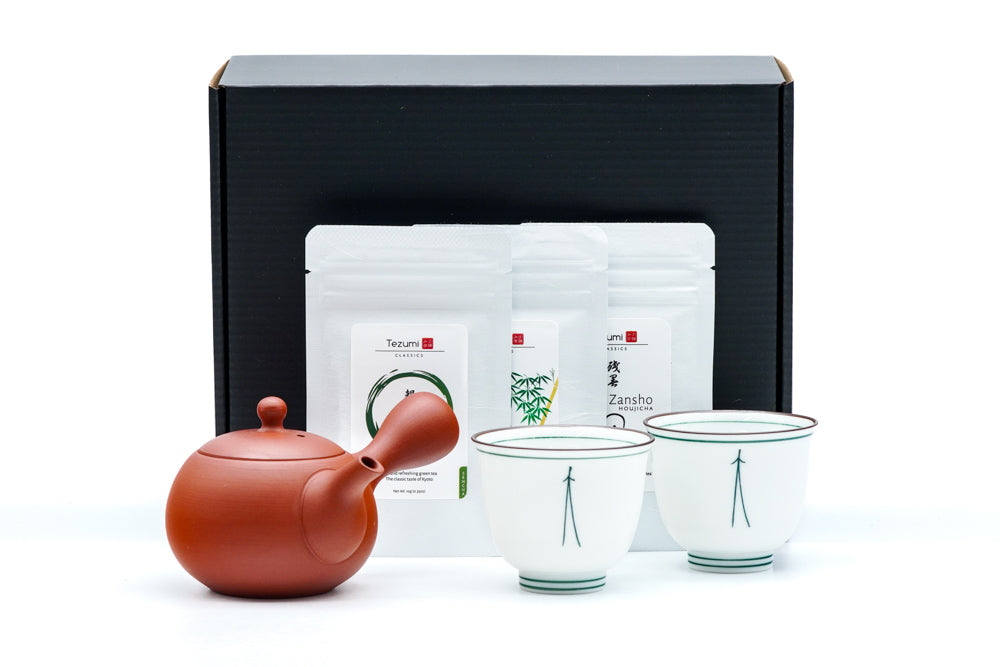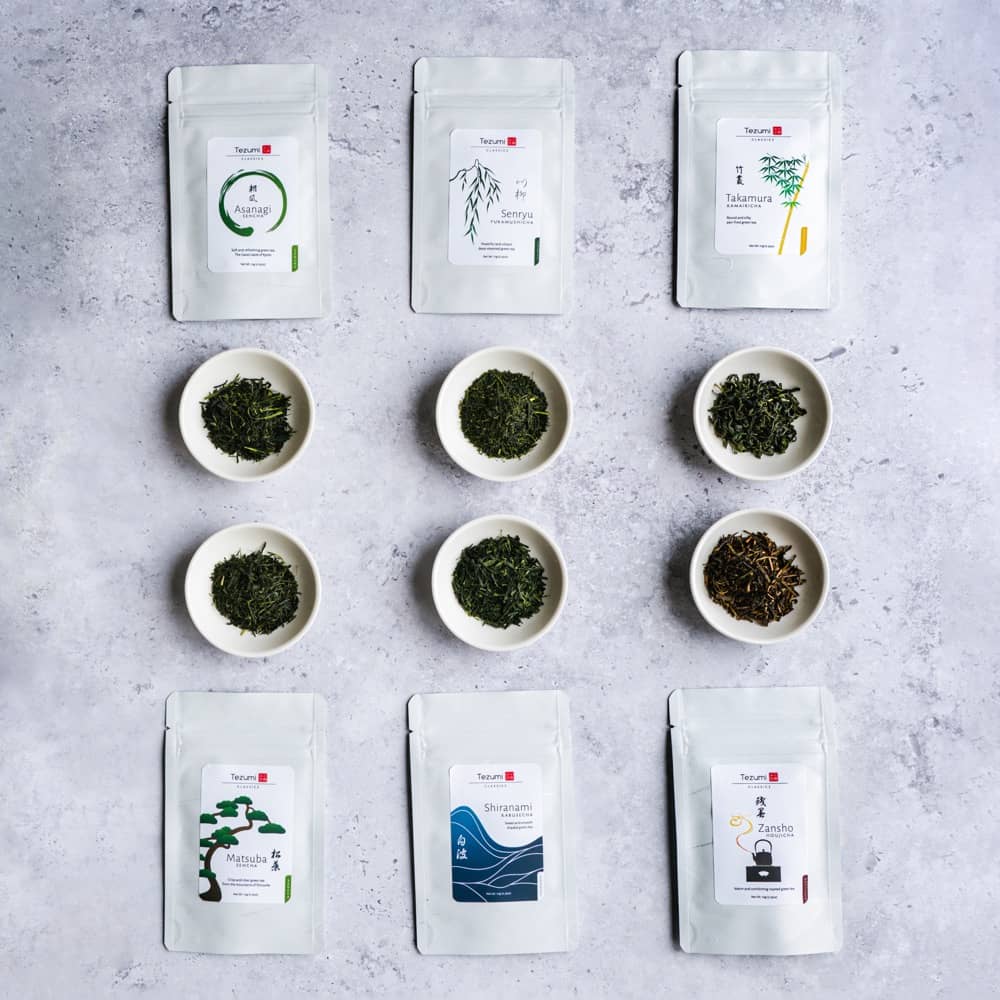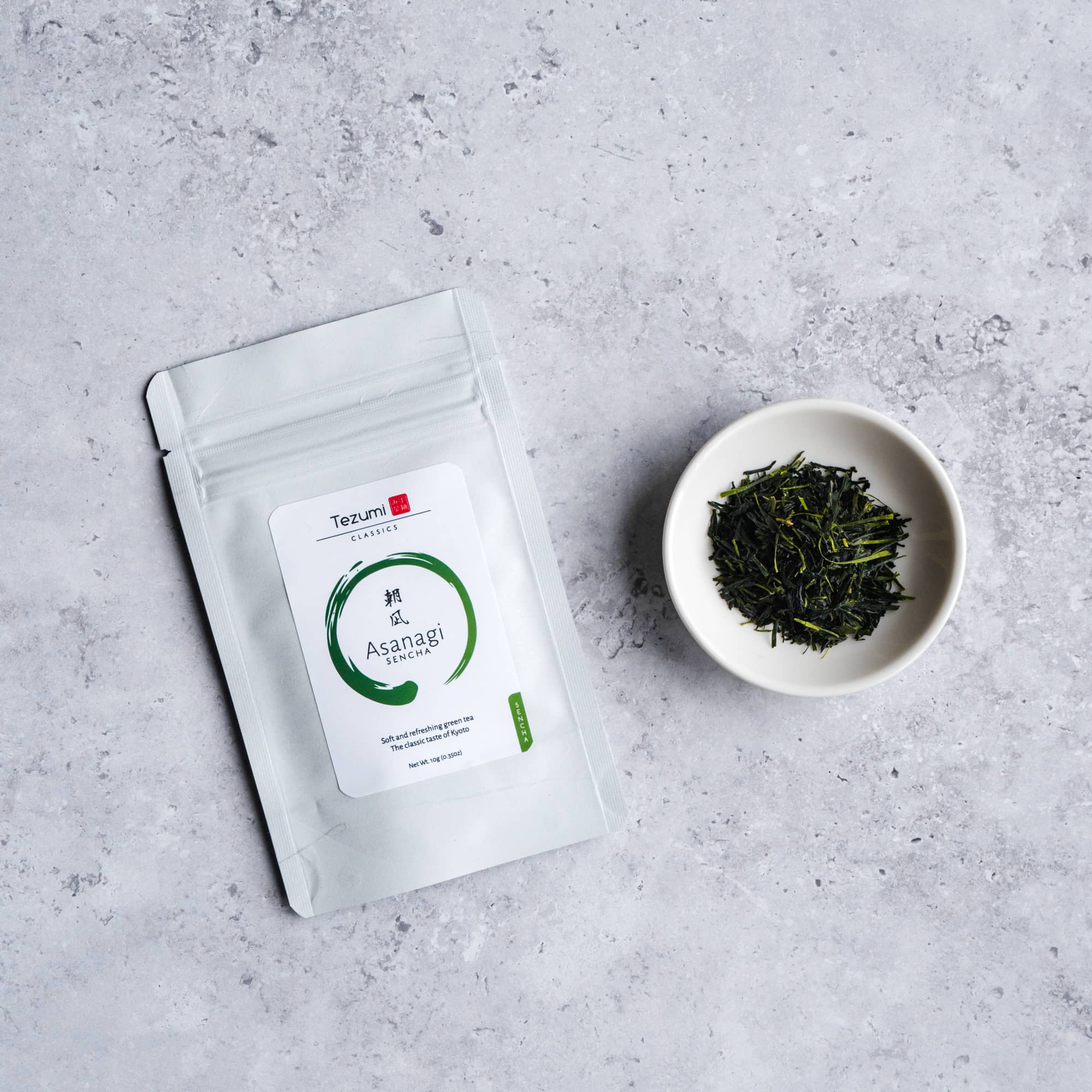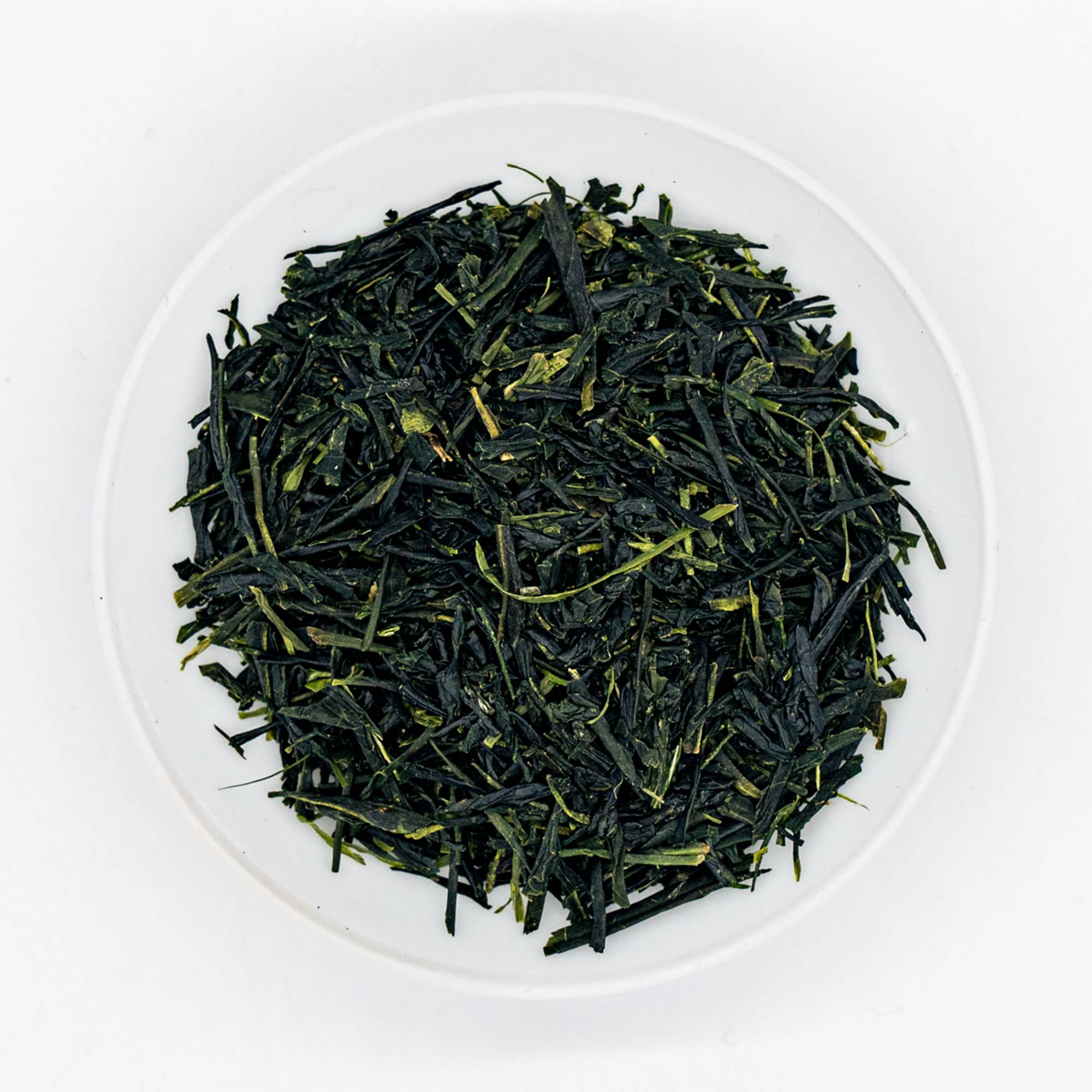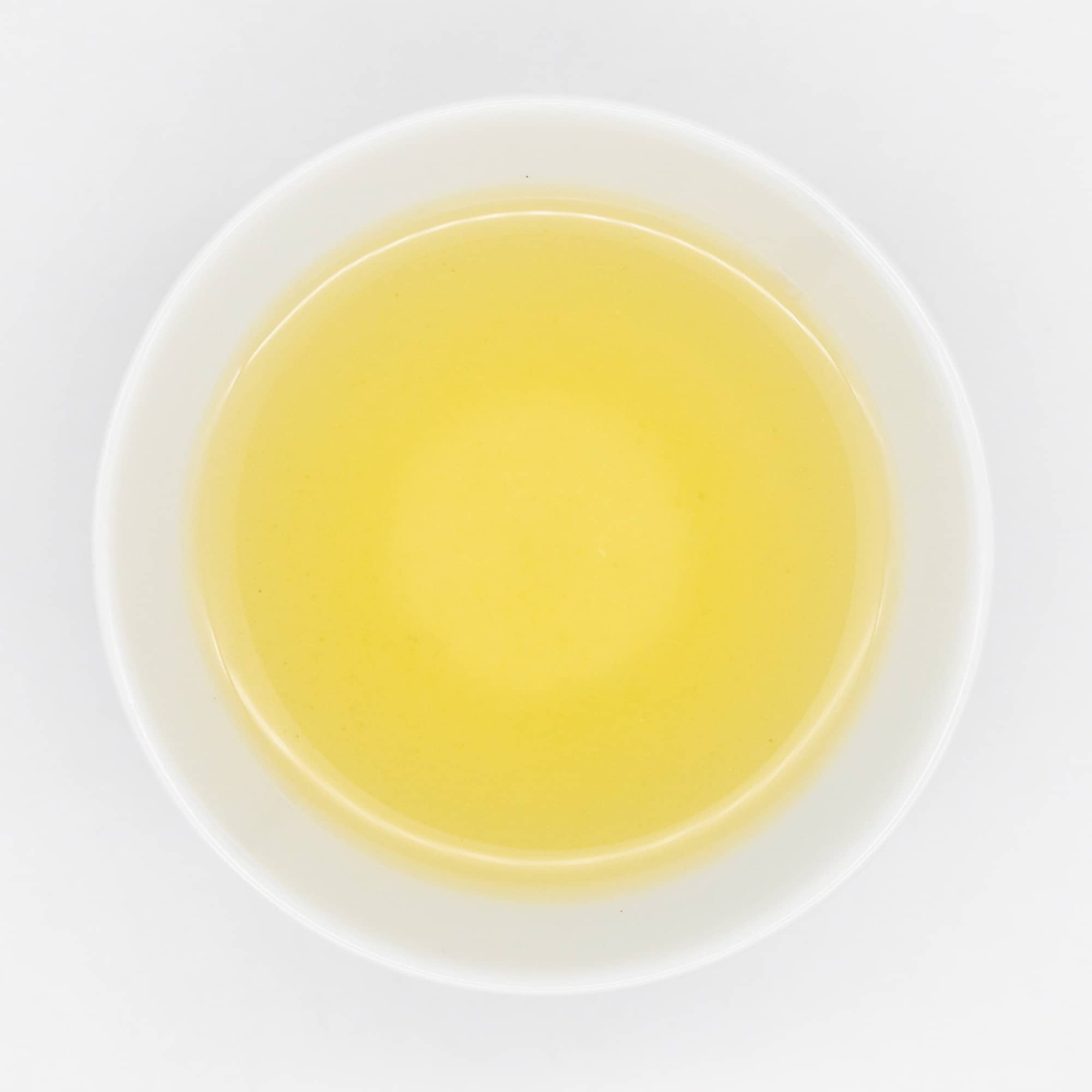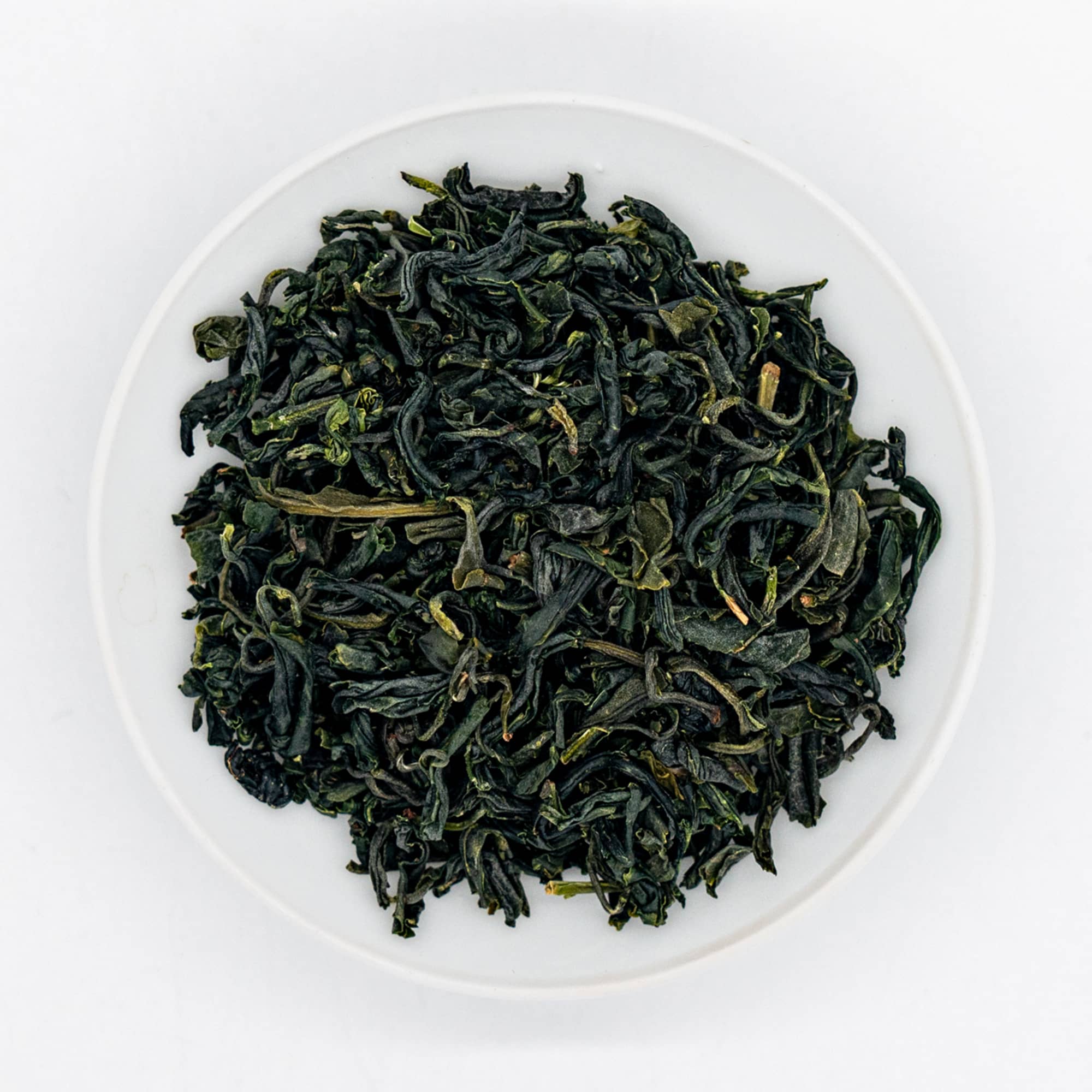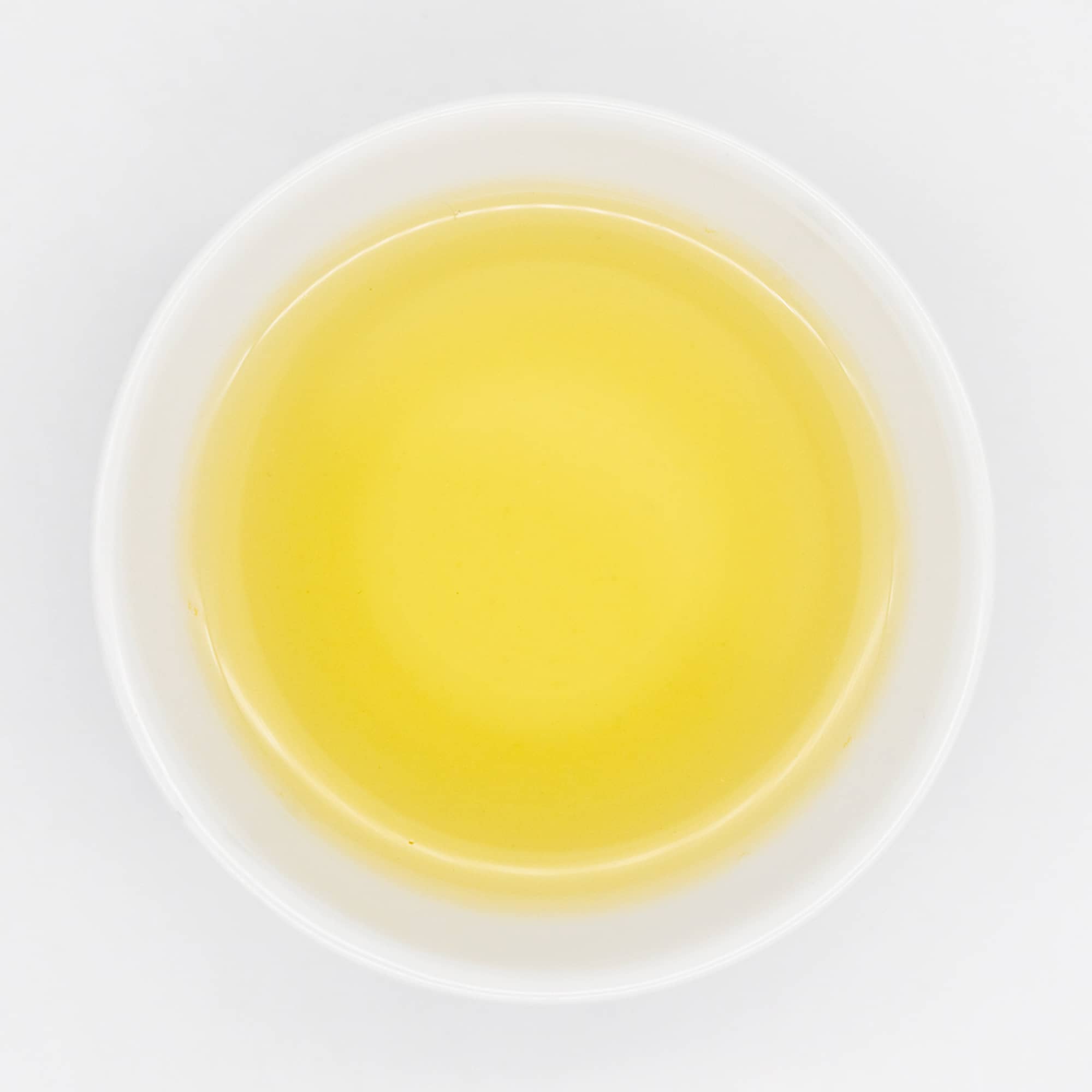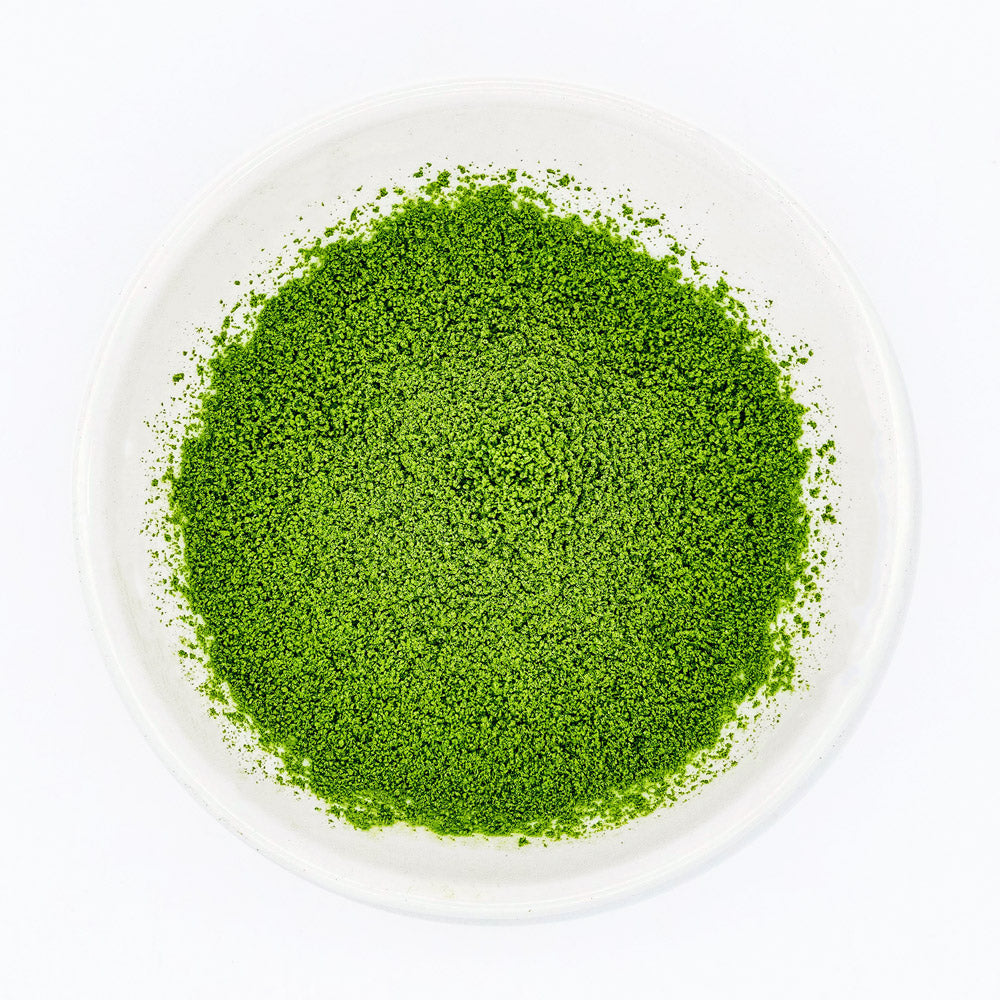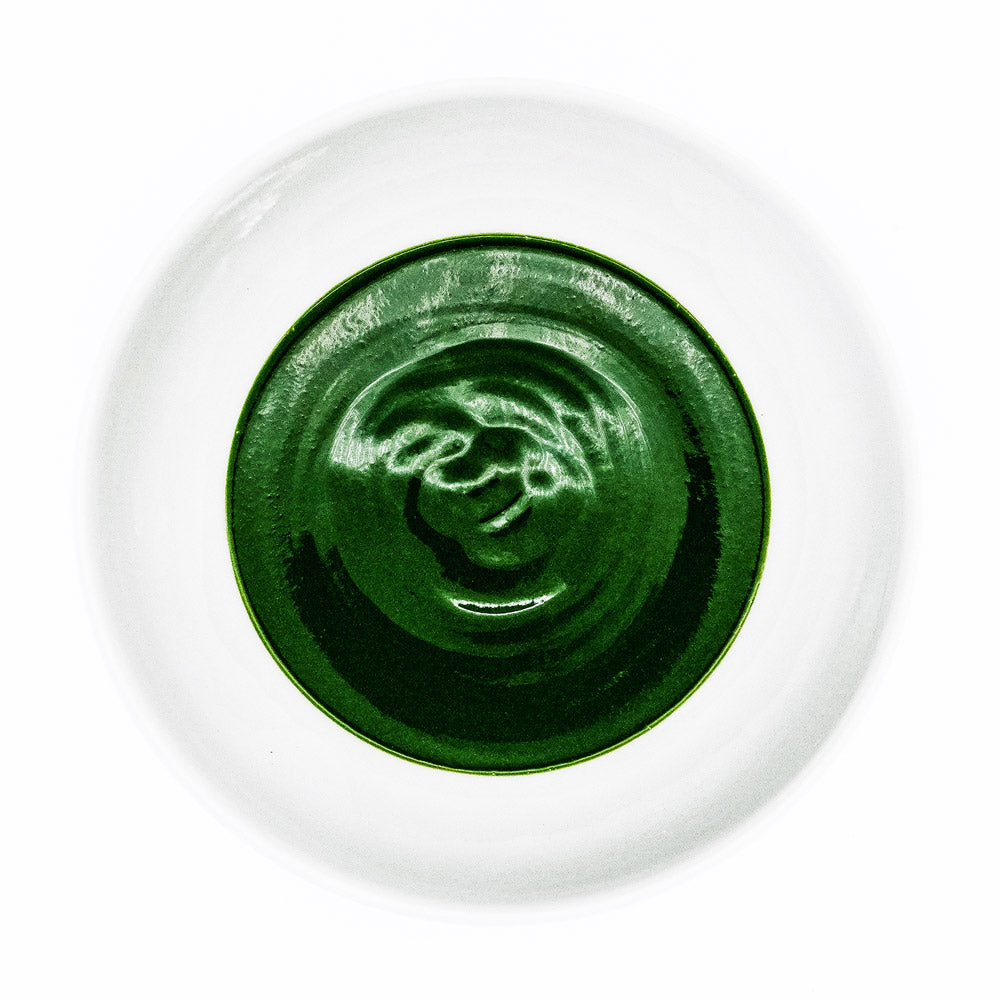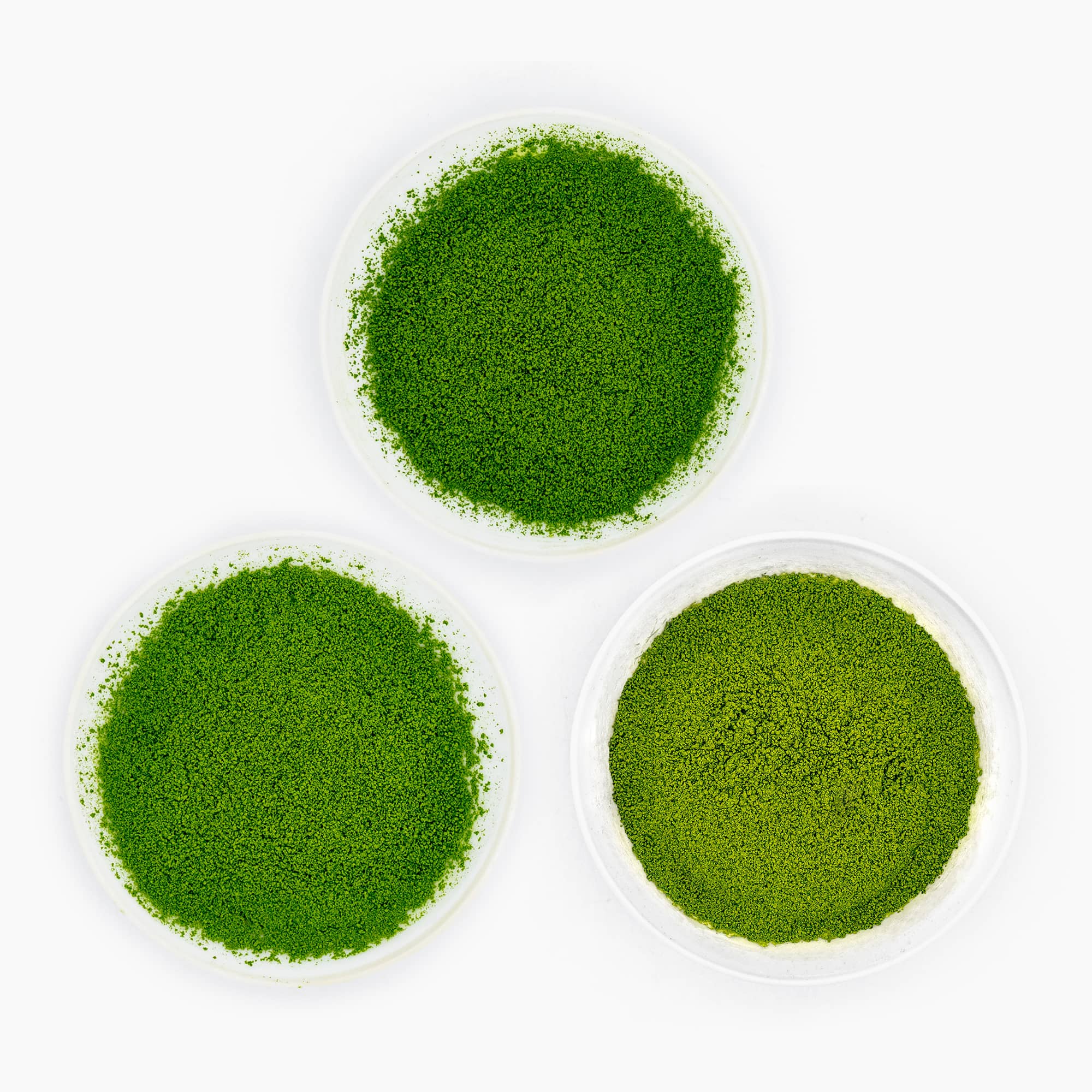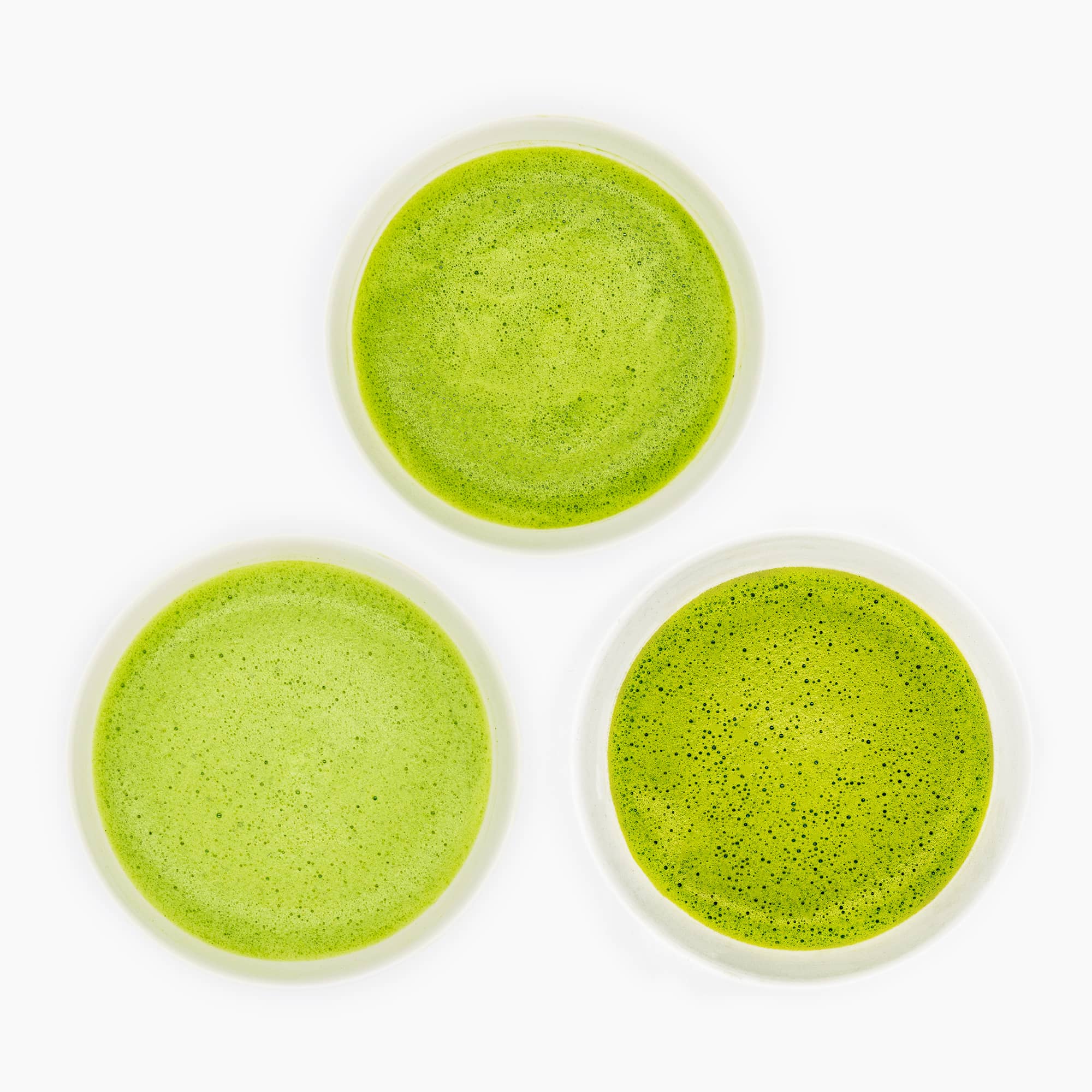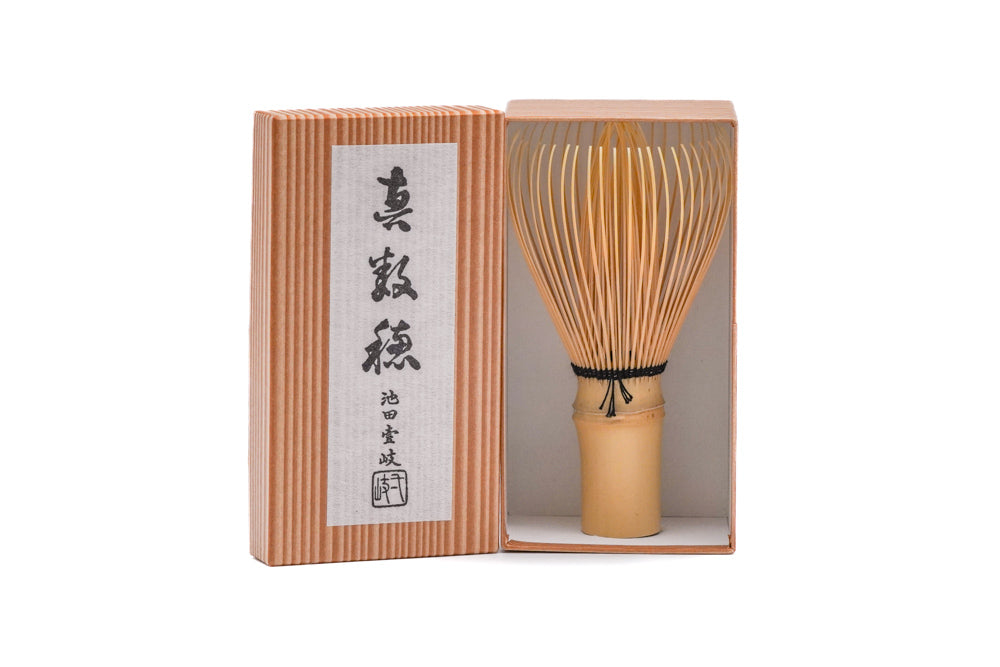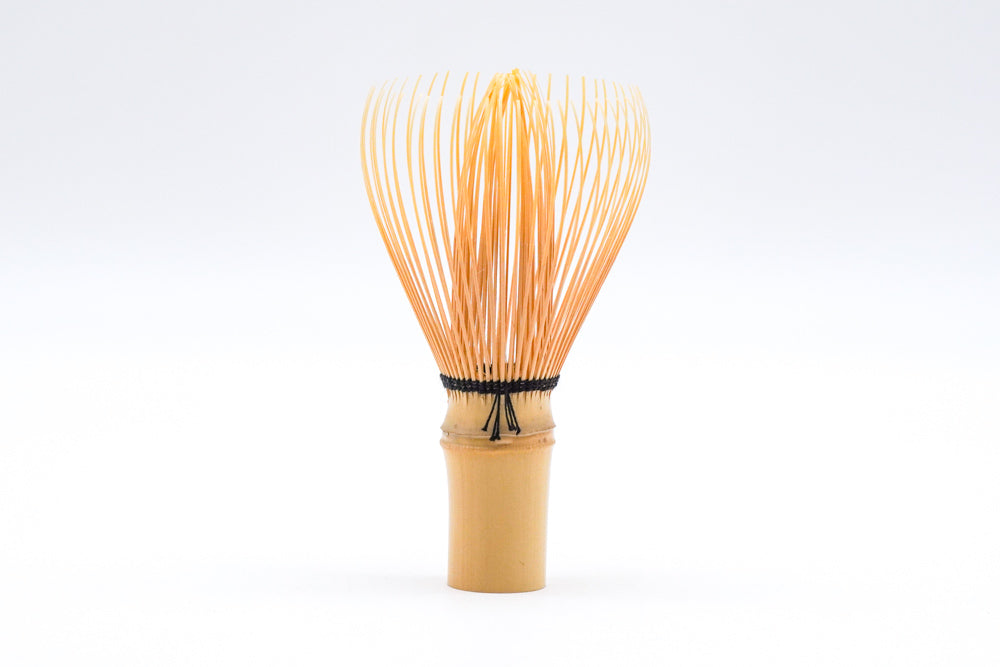How to Brew Gyokuro
As one of Japan’s most luxurious and exquisite styles of tea, gyokuro demands a careful and unique approach to brewing to get the best out of these precious jade leaves.

What is Gyokuro?
Gyokuro (玉露) is a style of Japanese green tea that is produced in much the same way as sencha: fresh picked leaves are steamed, rolled, and finally dried. The primary difference is that before harvest, leaves that are intended to be made into gyokuro are shaded for 20-40 days.

Shading the tea plants from the sun forces them to produce more chloroplasts and chlorophyll to harvest more sunlight, causing the leaves to develop a deep, vibrant green colour. These extra chloroplasts switch from producing bitter-tasting catechins which typically protect the leaves from excessive sun, and instead make sweet and savoury amino acids such as L-theanine along with aromatic compounds such as benzaldehyde which result in the unique ‘shaded aroma’ or ooika (覆い香). Learn more about the science of shading here.
Compared to sencha, gyokuro leaves tend to be much darker, glossier, and greener in colour, with slightly thicker, less tightly rolled needles.
Brewing Gyokuro

Though produced similarly to sencha, gyokuro is brewed quite differently, using a tiny amount of warm water and a relatively large amount of leaves. The cooler water temperature extracts the amino acids without extracting the more bitter compounds, while the higher leaf to water ratio increases the concentration of these sweet and savoury compounds, producing a decadent, thick, umami rich liquor.
Gyokuro brewing suggestions vary wildly so rather than offer a strict recipe, we’ll be offering a starting point with some notes on various ways you can fine tune gyokuro brewing to your taste. If you’re not familiar with our standard sencha brewing technique, it’d be good to get comfortable with it before diving into gyokuro.
If you want to skip the theory and go straight for an example of brewing parameters, head to the summary section at the end of this post.
Teaware
Before looking at ratios and temperatures, let’s take a brief look at the preferred utensils for brewing gyokuro. While a standard kyusu will work well enough, gyokuro is often prepared in specialised vessels: either a houhin (宝瓶) or a shiboridashi (絞り出し).

As houhin have filters and a slightly larger capacity, they are more versatile and excel at brewing small to medium batches of high-grade sencha and gyokuro.
Shiboridashi, on the other hand, are generally made with the express purpose of brewing gyokuro and as such have much wider, flatter shapes and smaller capacities. The flat shape allows the leaves to expand horizontally, promoting even extraction, as well as providing a greater surface area for water to cool. They are well suited for intense, focused gyokuro sessions for one to two people, but lack the versatility and capacity of houhin.
Additionally, a yuzamashi (湯冷まし) is recommended for cooling the water before brewing.

The cups for gyokuro are appropriately small, usually only 20-40ml in capacity compared to the 75-150ml often used for sencha. On the left here is a typical sencha cup with a 100m capacity, while on the right are two gyokurowan (玉露椀 - gyokuro cups). Sometimes larger cups around 75ml may be used, but even then they are only filled 1/3 of the way.
Leaf-to-Water Ratio
In the realm of gyokuro, the sky (or perhaps your wallet) is the limit when it comes to how much tea to use, with the general rule of thumb being ‘the more tea, the better’. As the aim of gyokuro brewing is to produce a potent and concentrated first infusion, using more tea is ideal.

For standard sencha, we recommend a ratio of 4g/100ml. As gyokuro is typically brewed in much smaller quantities, we’ll use 50ml as our single-serving water measurement.
The lightest dose of tea I’d recommend is 4g/50ml, i.e. twice as strong as regular sencha. This allows you to brew a nice, concentrated cup of gyokuro without using up a tonne of leaves. This ratio also scales more easily for serving multiple people.
If you want an incredibly powerful gyokuro experience, dosing as high as 10g/50ml is not uncommon, especially when using supremely high-grade tea. This ratio can become incredibly expensive, especially if you want to scale it up, requiring 20g for 100ml, etc. The resulting brew, however, is an unforgettable experience. The higher ratio also allows for more subsequent infusions.
Anything within this admittedly wide range of 4-10g/50ml will work well for gyokuro and finding the right amount will depend on your taste, budget, and the tea you’re using. A more affordable gyokuro would best be kept on the lower end of the spectrum, whereas an award-winning Yame Dento Hon or a hand-rolled gyokuro will handle a higher dose better.
Unlike with sencha, it is not uncommon for the leaf to water ratio to change over the course of a brewing session. This is done by using more water for the subsequent infusions. As the concentrated first infusion is the main attraction, the water quantity is kept to a minimum, but as the tea opens up and mellows out, you can use more water, changing the ratio to 4g/75ml, for example.
If you’re brand new to gyokuro, we recommend starting with the 4g/50ml ratio to see if this unique umami bomb of a tea is up your alley. As you become more comfortable with it, or simply want a more indulgent tea session, then adding more leaves is the way to go.
Water Temperature
For sencha, we generally start with water that is between 70°C and 80°C. For gyokuro, however, this range drops significantly to between 40°C and 60°C. As mentioned above (and in our article about brewing temperature) lower temperatures yield mellower, more umami heavy-brews. As with dosing, a general rule of thumb is that higher-grade teas have more umami to offer, so using an even lower temperature can highlight the umami better. Lower-grade gyokuros are typically less complex and less umami-packed and can taste a little flat and underwhelming if brewed as low as 40°C (though still plenty delicious).
Another thing to consider is how hot of a drink you want. Tea brewed at an initial temperature of 40°C will cool significantly by the time it is served, due to the ceramics, leaves, and air absorbing much of that heat.
While some temperature-control electric kettles can accurately heat water to such low temperatures, many cannot (and non-electric kettles surely cannot either). Cooling hot water to this temperature (without a thermometer) requires a little bit of juggling with teaware and some mental math, but can become an enjoyable part of the ritual.

The general rule is that each time water is transferred to an unheated ceramic vessel, it drops by 10°C. Pouring just boiling water into the pot, then the cups, then a yuzamashi, then back into the pot will cool the water to about 65°C. Allowing the hot water to sit longer in the yuzamashi will help bring the temperature down even more, as its wide, open shape gives the water plenty of surface area to cool down.

Whichever temperature you choose, and whichever method you use to attain it, it’s best to give the teacups a solid preheating as otherwise, these will sap out whatever temperature is left in the brewed tea.
Steeping Time
As mentioned gyokuro is meant to be brewed very strong and concentrated. As such, the steeping time is typically much longer than you’d use for sencha. As you may have read in my post on brewing temperatures for sencha, lower temperatures require longer brewing times to achieve the same strength, so for gyokuro, we’d recommend a steeping time of 2 minutes and 30 seconds (150 seconds) for the first infusion.
Pouring

As with most Japanese green tea, it’s advised to pour slowly to avoid any unnecessary agitation of the leaves and to prevent the filter from clogging. Houhin and shiboridashi typically pour more slowly than regular kyusu. It’s important to take this slow pouring into account when thinking about your steeping time as it can take 30 seconds or so to pour until the last drop. Getting the last drop out, or at least as much liquid as possible, is very important as the final drops contain the strongest and most concentrated tea.
Pouring for Multiple Cups
Traditionally, dividing tea amongst multiple cups is done by pouring a little bit into each cup at a time, alternating back and forth between cups to ensure that each one receives equal amounts of tea at equal strength. Remember that the first liquid to come out of the teapot is weaker, while the last drops are the strongest. Dividing this up evenly across multiple cups (usually up to five) can take a bit of skill and practice. This method also increases the amount of time spent pouring which you will have to take into account.
A common solution to this is to pour the tea into a pitcher (or back into the yuzamashi) so that the strength becomes homogenised. Then from this pitcher, the tea is poured into the cups. While not traditionally done in Japan, this style of serving multiple cups from a fairness pitcher is common in Chinese tea practice and is becoming increasingly common in Japan due to its ease and convenience.
Further Infusions

For the second infusion, I like to keep the temperature the same and steep for only 30 seconds.
From here, the rule of thumb is to slowly increase the water temperature and steeping time with each subsequent infusion.
How many infusions you do is up to you and the tea that you're using. With high quality tea and a high ratio, you can easily get five good infusions, and often up to ten (though the later ones will be considerably weaker and more mellow)
As mentioned above, you can also increase the amount of water slightly for these later infusions.
Summary
After all of this information I've thrown at you, you might want an example of gyokuro brewing parameters, so here's what we used to prepare the gyokuro that we brewed in these pictures:
Teapot: Shudei Shiboridashi by Gyokko
Tea: Uji Temomi Gyokuro from Yoshida Meichaen
1st infusion: 6g/50ml | 45°C | 150s
2nd: 70ml | 45°C | 30s
3rd: 70ml | 50°C | 45s
4th: 70ml | 55°C | 50s
5th: 70ml | 65°C | 60s
6th: 70ml | 65°C | 70s
7th: 70ml | 7oC | 90s
8th: 70ml | 75°C | 120s
From here on, I continued brewing but no longer paid attention to the brewing parameters.
As noted above, this is just an example of how to brew gyokuro, and you should feel free to have fun and experiment to find your preferred style. If you've never tried gyokuro before and want to start easy, use only 4g/50ml and use slightly hotter water (closer to 50-60°C). If you want an extreme experience use 10g/50ml, cooler water, and longer steep times. Some people like to brew the first infusion at room temperature for 10-20 minutes for a unique brew.
If you want to learn more about how teas like gyokuro, kabusecha, and matcha are shaded, you can read about the history and techniques here.
